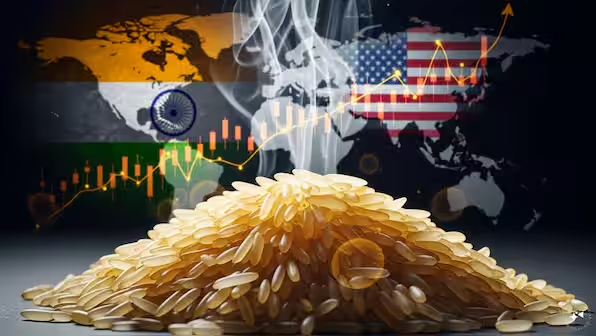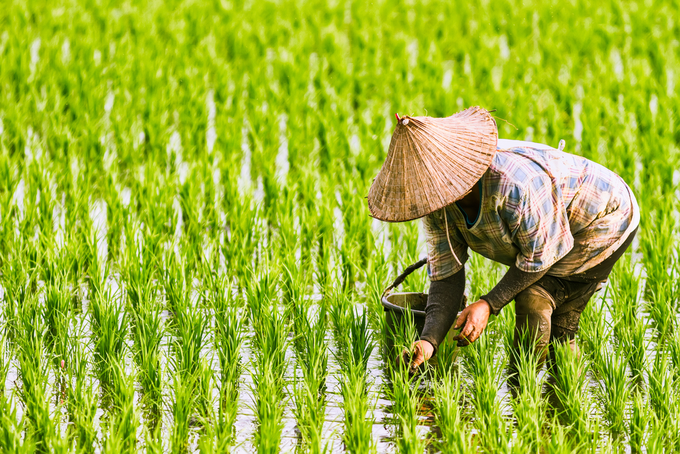Tags
Paddy Prices Plummet, Exposing Longstanding Gaps in Cambodia’s Rice Sector
Despite millions of dollars in government-backed loans since 2016 to stabilise the rice sector, paddy prices continue to fall due to global market volatility, soaring production costs and lack of storage infrastructure, which has pushed many farmers into debt

Thang Sinorn
Rice is a staple food in Cambodia, with exports making up a large portion of gross domestic product. It’s a primary source of income for many rural households, with 1.7 million households cultivating rice across three million hectares of land.
According to a 2024 survey on Cambodian agriculture, 272,800 households cultivate aromatic rice and 1.37 million households cultivate non-aromatic rice. But the decline of paddy prices is critical every year, raising questions about long-term policies and how $208 million government allocations were spent between 2016 and 2024.
Plummeting paddy prices in the recent rainy season drove many farmers to vent their frustration on social media as they face problems covering their production costs.
Rice varieties, OM 5451 and IR, are exported to Vietnam but since mid-August, prices have dropped from 700 riel to 640 riel, the Cambodia Rice Federation (CRF) said. Another local variety, Srange, is priced the same as those in Vietnam.
A farmer in Kampong Thom province, Yem Yom, cultivates 4.5 hectares of rice fields—four hectares of that allocated to Pka Romdoul and 0.5 hectares to OM 5451. He said the price decline has affected his ability to cover high production costs.
“I used five bags [of fertiliser] on 0.5 hectare of OM alone. One bag costs 85,000 riel, which is not worth the cost,” he added. “Pesticides are very expensive—one bottle is 45,000 riel, and the rent for a harvester is 350,000 riel per hectare.”
Yom said Pka Romdoul is sold at 900 riel, or around 900 to 1,030 riel across the country compared to 1,200 riel last year. His yield this year amounted to four tonnes from four hectares. He expects the price for OM to continue falling to 500 riel.
“This year is a total loss. I only earned around four million riel (approximately $995) which is half of last year’s income.”
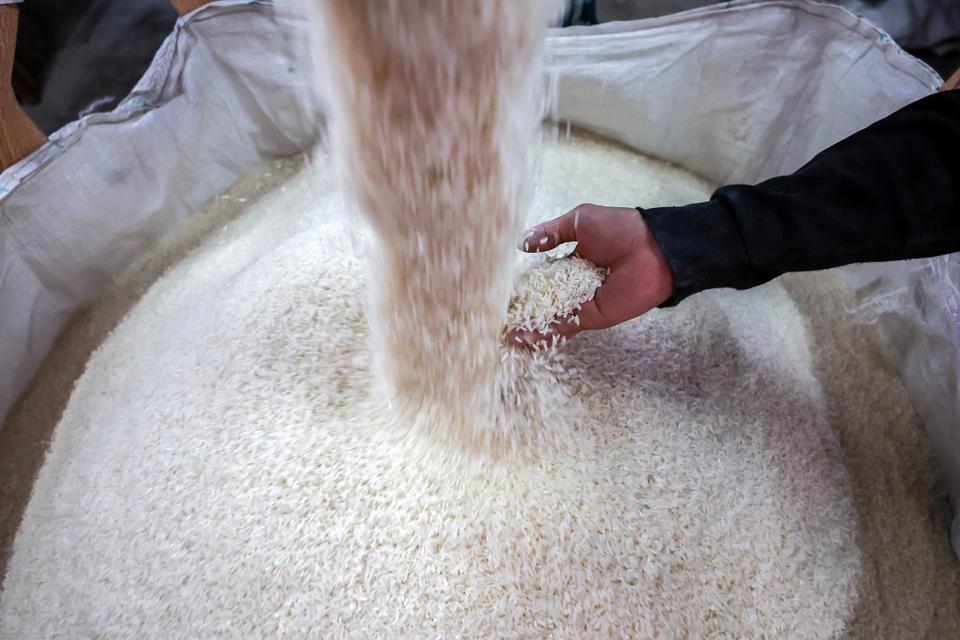
Oversupply, low storage capacity
Rice miller Lor Eakkim, who owns Jing Mii mill in Thma Koul district, Battambang province, said the post on social media that farmers’ produce did not meet the standards, citing issues such as uneven ripening and excessive grass content. He also noted that the Srange variety recorded the lowest price compared to OM 5451 and IR.
“The variety posted on social media, which is valued at 500 riel, has a lot of problems, such as poor quality, distantly-located rice fields that increase transportation costs, and low price,” he said.
Paddy trader Chheng Sopheak acknowledged the drop in prices, noting that it coincided with the Pka Mail harvest season. The variety, which is the most popular fragrant rice in the country, is also widely exported. As it is harvested only once a year, rice millers rush to acquire it.
“All rice millers want to buy Pka Mail, which is an export commodity and fetches a good price. Varieties like OM and Srange can still be bought in the next season,” he said
Currently, the price of Pka Mail paddy ranges between 920 riel and 1,000 riel in Banteay Meanchey and Kampong Thom provinces.
Eakkim agreed with Sopheak that the storage capacity of rice millers remains limited. “But, they only purchase Pka Romdoul and Pka Mail, which have high yields and strong export markets.”
The OM rice variety is also popular among Cambodian consumers, however, widespread cultivation leads to oversupply. When rice prices drop, paddy prices also decline in tandem.
Seventh global rice producer
High paddy production has increased in the past two decades, but farmers continue to face rising costs of fertiliser and pesticide, as well as costs to plough and harvest because all the items are imported from neighbouring countries.
Conversely, production costs are lower in Vietnam, as they produce inputs and sell locally. “We import everything from them, which raises our costs,” Sophak said.
Although production costs are high, Eakkim said farmers might be able to offset losses by increasing the yield.
Sopheak believes that a long-term solution remains elusive, as Cambodia alone cannot influence global rice prices. “Cambodia does not control global prices as we export less than one million tonnes a year.” India exports more than 20 million tonnes, Thailand around seven million tonnes, and Vietnam between 8.15 and 9.04 million tonnes annually.

Yet, Cambodian rice is among the most expensive in the international market, compared to India, Thailand and Vietnam, which offer similar quality, thereby placing the local rice sector at risk.
In terms of exports, India is the largest milled rice supplier in 2025, followed by Thailand and Vietnam. Pakistan is also a major exporter, frequently ranking fourth, while Cambodia came in seventh this year, according to World Population Review.
India’s suspension of rice exports in mid-2023 saw Cambodian paddy prices hit a 20-year high, while driving up Vietnam’s demand for OM and IR varieties, which saw record levels.
Lee Chhean, owner of Lee Chhean rice miller in Peam Ro district, Prey Veng province, said the current price decline is due to the global rice crisis as well as limited storage capacity by local rice miller. Vietnam needs to buy in to ease oversupply.
“Locally, our paddy yields are enormous and rice millers do not have the capacity to buy due to a lack of storage, compounded by insufficient capital [to expand].”
Million-dollar state budget
Every year, the government releases funds to be distributed as loans to the paddy industry to address the price crisis and improve miller warehouse capacity. It totalled $208 million between 2016 and 2024. This year, the government approved $40 million worth of capital to stabilise paddy prices, yet this amount remains insufficient to resolve the issue.
When asked, Chhean said he “never received any information” about loans being channelled via the Agricultural and Rural Development Bank (ARDB) to improve dry paddy facilities.
However, he had previously borrowed from ARDB to buy paddy and improve his warehouse via the Ministry of Agriculture, Forestry and Fisheries (MAFF) but the capital was inadequate because the price of rice plummeted.
In 2018, ARDB, an entity under the Ministry of Economy and Finance, borrowed $5 million to spend on a 50,000-tonne rice warehouse and a 1,500-tonne drying facility in Kampong Speu, the largest rice storage in the province.
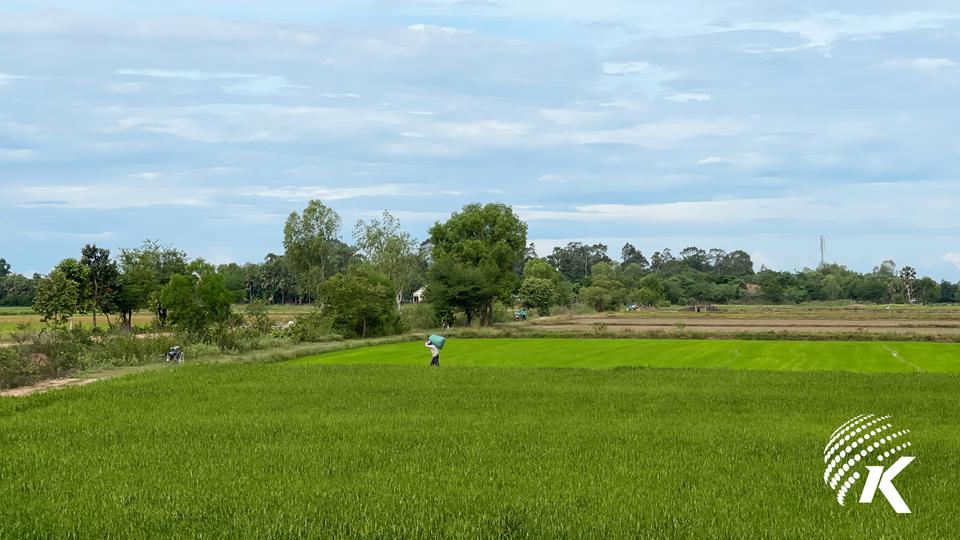
According to the ARDB annual report in 2019, $45 million was injected into rice infrastructure and rice storage and drying facilities in Battambang, Kampong Thom, Prey Veng, and Takeo.
“As much as we try to prevent it [price from falling], we can’t, because our farmers’ yields are very plentiful; we cannot buy it all, as we don’t have enough dry facilities to store it,” Chhean said.
Eakkim echoed Chhean, saying that he only received financial support in the last two years via MAFF although the support has been in existence longer than that.
What is the long-term strategy
Farmers, traders, and rice millers are urging the government to address high production costs and limited dry storage capacity to help mitigate the risks in future harvests.
Khim Finan, Undersecretary of State and Spokesperson for the MAFF, said he had no comment, but noted that the government has been working to address the issue.
Minister Dith Tina’s post on Facebook on November 2 acknowledged farmers’ outpouring on social media regarding the decline in paddy prices, thanking them for raising awareness instead of blaming the government. “[But] if you find relief in blaming me, then blame me,” he added.
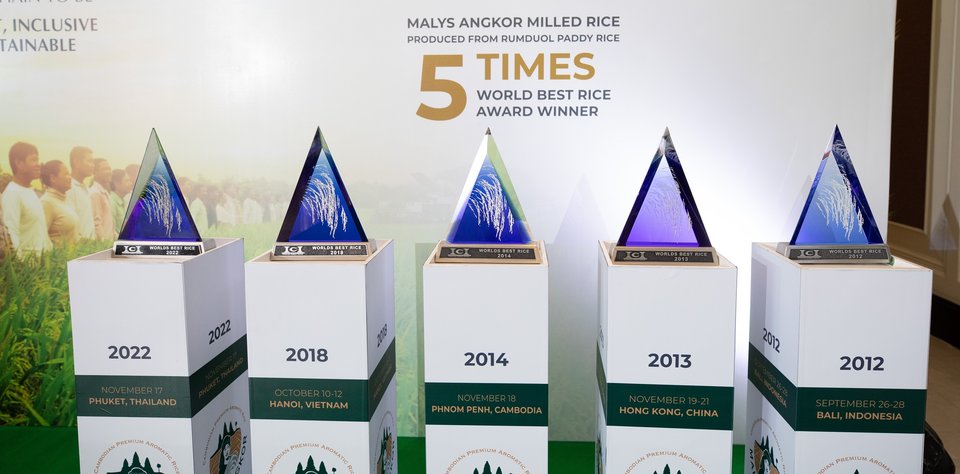
While he urged traders to buy the produce at affordable prices, he did not outline any mechanisms or policies for the future.
“The price of Phka Romdoul rice at 1,000 riel [per kilogram] is a reasonable price. I have talked to Rice Federation to prepare for November,” he said.
The call was received by traders, including online cosmetic sellers, Khmer beverage companies, and courier firms which moved to purchase from farmers, amounting to hundreds of tonnes of paddy. Suo Vireak, owner of Virak Buntham Express Co., Ltd, signed a contract to purchase the Srange rice variety at 900 riel per kilogram—higher than the current market price of 600 riel.
“This is the time for us to campaign together to help our farmers by buying rice at a reasonable price,” Tina said, noting that the MAFF is working with rice millers to buy paddy nationwide. As of November 10, over 15,000 tonnes of rice had been sold to millers by farmers.
Tina also urged creditors to postpone loan repayments, as farmers are currently struggling due to low income, while encouraging farmers to form community groups to secure loans for farming.
Kiripost contacted CRF President Lay Chhun Hour but did not receive a response at the time of publication.
https://kiripost.com/stories/paddy-prices-plummet-exposing-longstanding-gaps-in-cambodias-rice-sectorPublished Date: November 12, 2025




